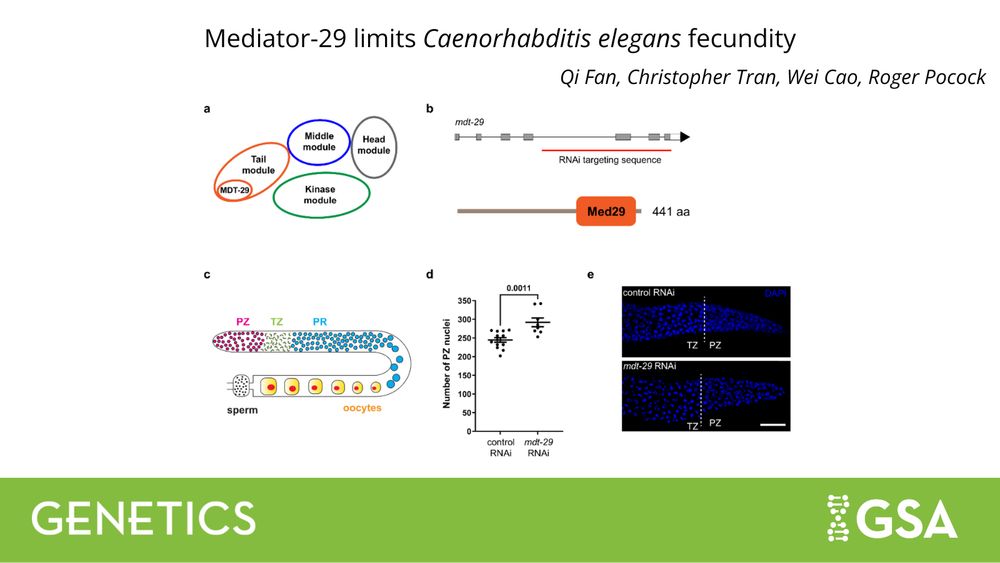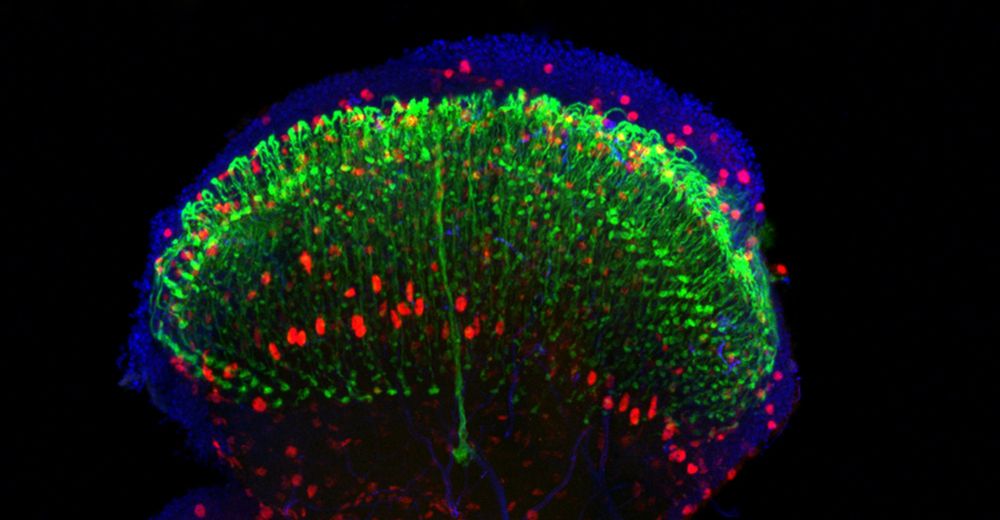www.nature.com/naturecareer...

www.nature.com/naturecareer...
www.biorxiv.org/content/10.1...
www.biorxiv.org/content/10.1...
and Baris Tursun @baristursun.bsky.social for organising #worm25!!
Meeting old friends and new, a Nobel Prize celebration, and finding out that worms can hear! The talks and posters were exceptional.
and Baris Tursun @baristursun.bsky.social for organising #worm25!!
Meeting old friends and new, a Nobel Prize celebration, and finding out that worms can hear! The talks and posters were exceptional.
Learn more about this #GENETICS study from the @rogerdjp.bsky.social lab: buff.ly/21pVeb6

Learn more about this #GENETICS study from the @rogerdjp.bsky.social lab: buff.ly/21pVeb6
📸: Qi Fan




